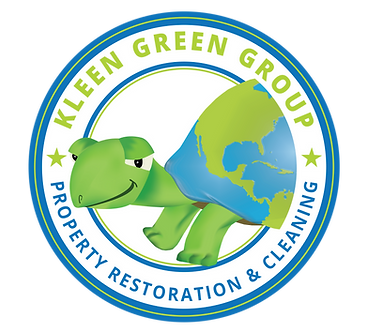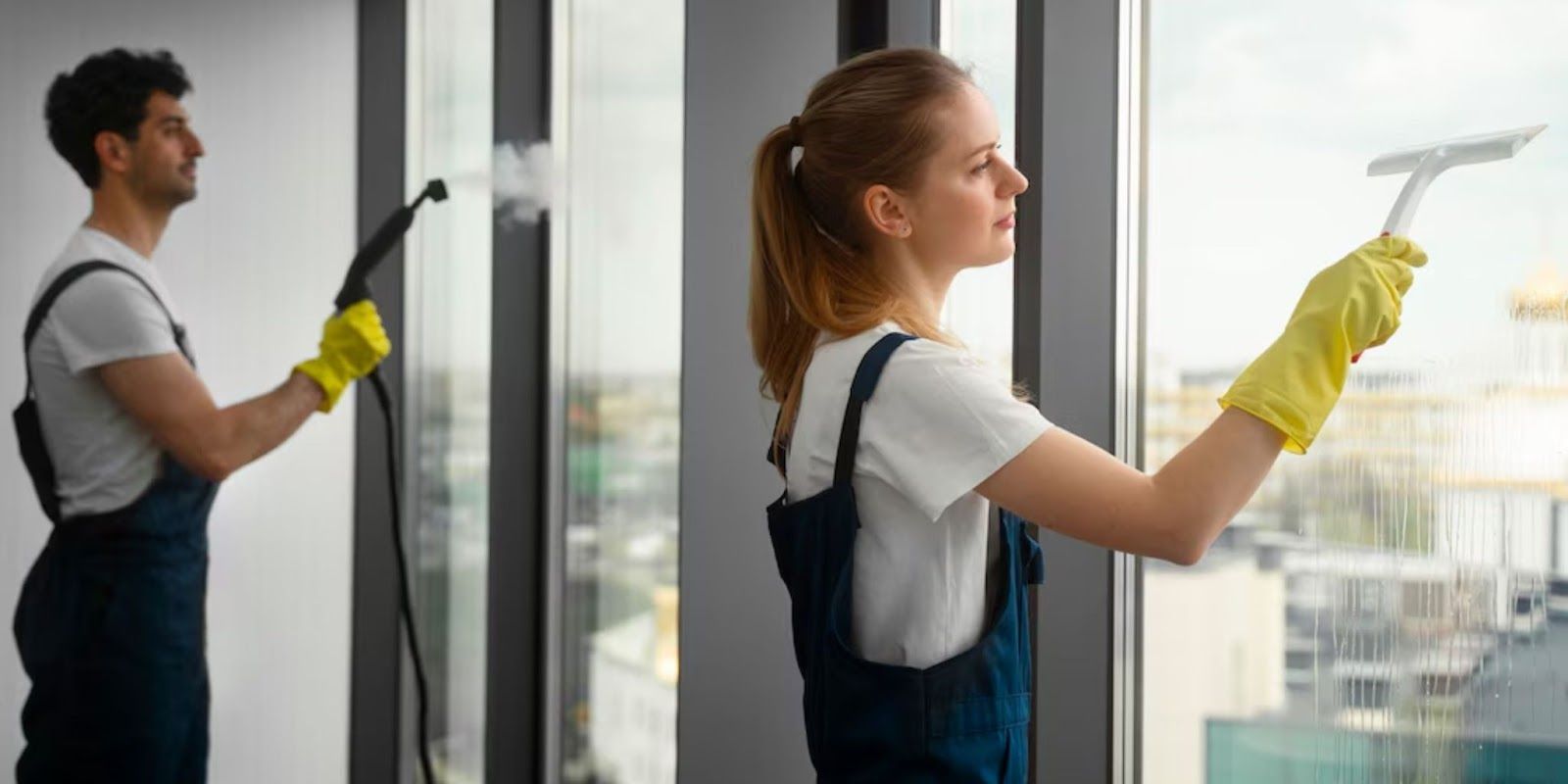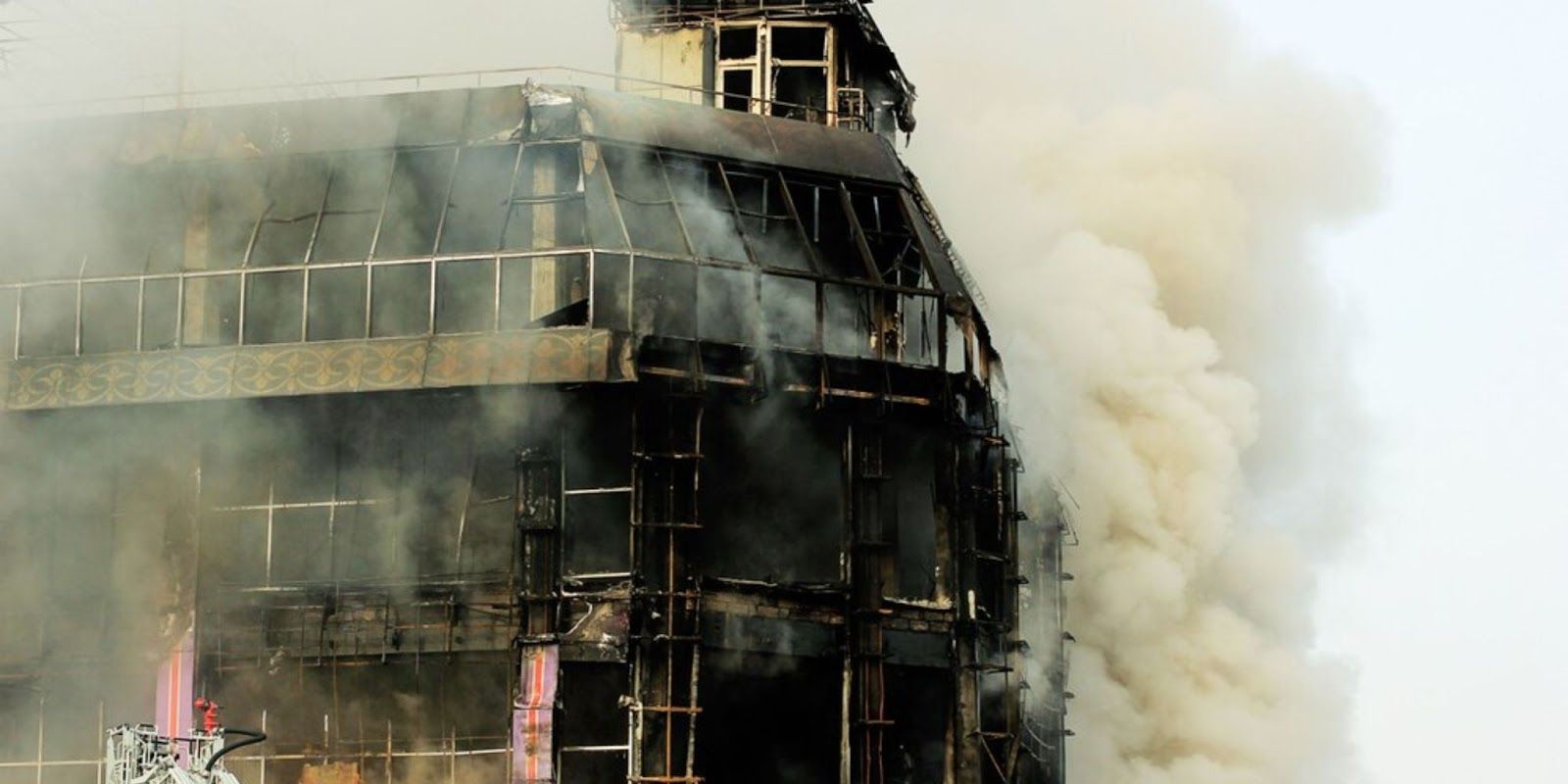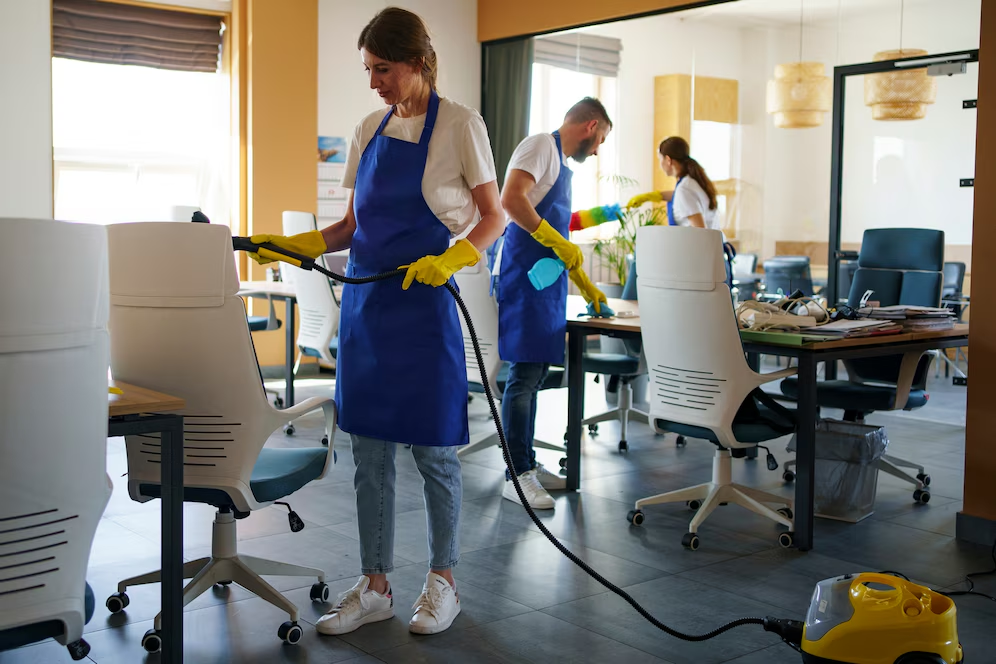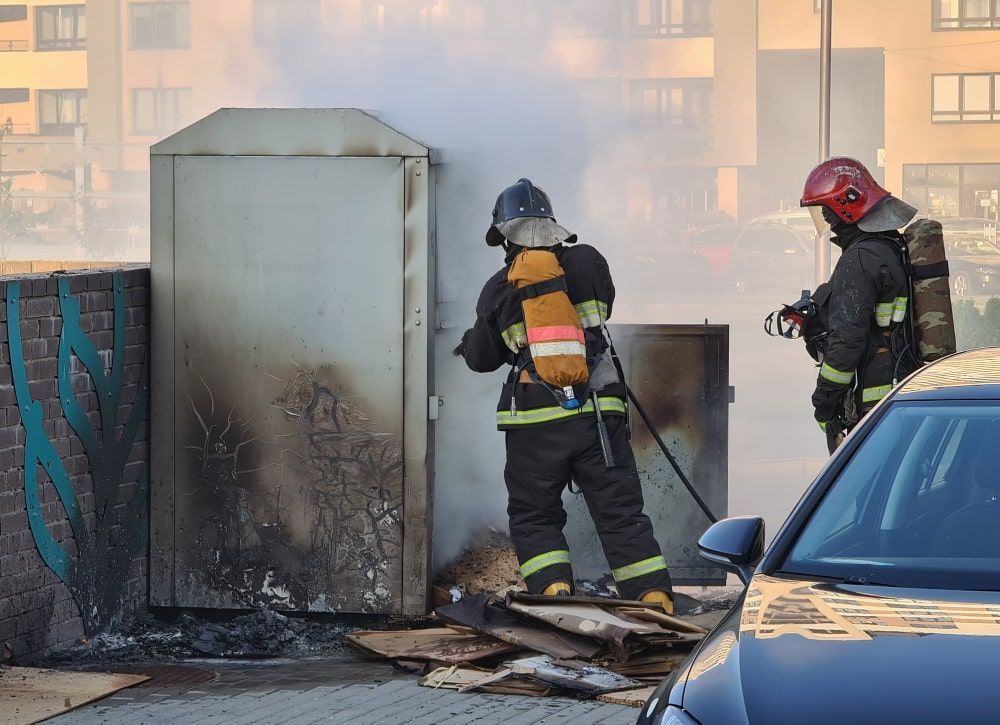Blog

When a fire breaks out, the immediate focus is always on ensuring the safety of everyone involved and extinguishing the flames. However, the aftermath of a fire requires equally urgent attention. In Branson, MO, a prompt response to fire damage is crucial for several reasons, including minimizing further damage, ensuring health and safety, and speeding up the restoration process. Understanding the importance of immediate fire damage response can help homeowners take swift action to protect their property and loved ones. Minimizing Further Damage One of the primary reasons for immediate fire damage response is to minimize further damage to the property. Fire can cause extensive structural damage, and even after the flames are extinguished, residual effects like soot, smoke, and water used to fight the fire can continue to harm the property. Soot and Smoke Damage : Soot and smoke are acidic byproducts of combustion that can corrode and stain surfaces. If left unaddressed, they can penetrate walls, carpets, furniture, and other materials, leading to irreversible damage. Immediate cleaning and decontamination can prevent permanent discoloration and deterioration. Water Damage : The water used to extinguish fires can lead to secondary issues like mold growth and water damage. Mold can begin to develop within 24-48 hours in damp conditions, further compromising the integrity of the property and posing health risks. Quick drying and dehumidification are essential to prevent these secondary damages.
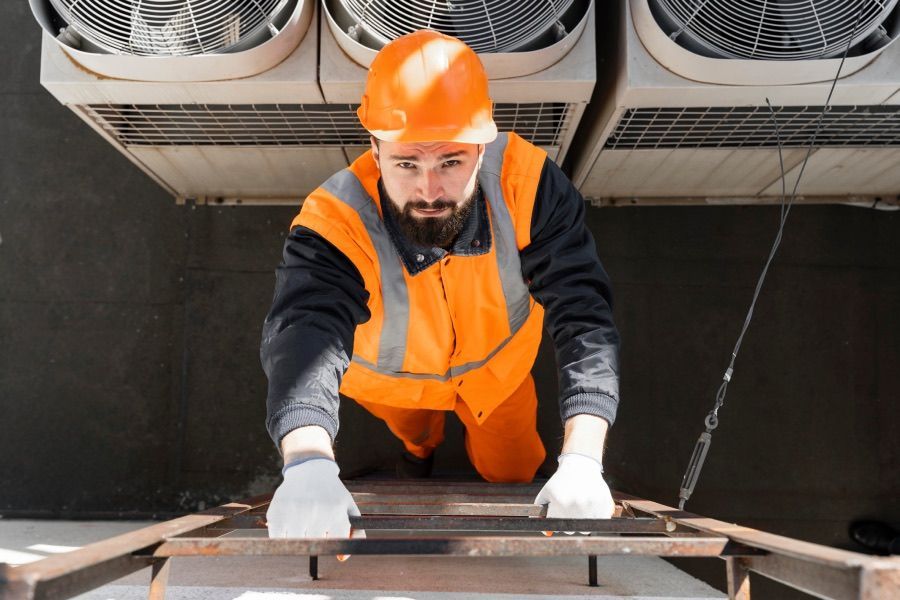
Air duct cleaning plays a crucial role in maintaining indoor air quality and optimizing HVAC system performance in homes and businesses throughout Branson, MO. Air ducts circulate air throughout your home, distributing heated or cooled air from your HVAC system. Over time, these ducts can accumulate dust, dirt, pet dander, pollen, and other contaminants. This buildup not only compromises indoor air quality but also affects the efficiency and lifespan of your HVAC system. Regular air duct cleaning is essential to remove these pollutants, improve airflow, and promote a cleaner, healthier living environment. Factors Influencing Cleaning Frequency The frequency of air duct cleaning in Branson, MO , depends on several factors that affect the rate of dust and debris accumulation within the ductwork: Indoor Air Quality Concerns: Homes with residents who suffer from allergies, asthma, or other respiratory conditions may benefit from more frequent air duct cleaning to reduce allergens and irritants in the air. Pets: Pet owners in Branson often experience higher levels of pet dander and fur circulating through their air ducts. Regular cleaning helps mitigate these allergens and maintains cleaner indoor air. Smoking: Homes where smoking occurs indoors or near ventilation systems may require more frequent air duct cleaning to remove smoke residue and odor-causing particles. Home Renovations: During renovations or construction projects in Branson, dust, debris, and construction materials can accumulate in air ducts. Cleaning afterward helps prevent these particles from circulating throughout the home. Environmental Factors: The local climate and environmental conditions in Branson, MO, can also impact cleaning frequency. For example, areas with high humidity levels may experience more mold growth in ductwork, necessitating more frequent cleaning to prevent mold spores from spreading.

Nestled amidst the serene landscapes of Branson, Missouri, environmental stewardship is ingrained in the fabric of the community. With a deep appreciation for pristine air and natural beauty, Branson residents recognize the importance of sustainable practices in preserving their cherished environment. While seemingly mundane, the act of air duct cleaning carries profound environmental implications, transcending its role in indoor air quality management. In this comprehensive exploration, we delve into the environmental benefits of air duct cleaning in Branson, elucidating how this seemingly modest endeavor contributes to the larger tapestry of environmental conservation. Reducing Energy Consumption: A Green Initiative At the forefront of the environmental benefits of air duct cleaning in Branson lies its pivotal role in reducing energy consumption. Over time, the accumulation of dust, debris, and contaminants within air ducts impedes airflow, necessitating increased energy input for HVAC systems to maintain optimal performance. This heightened workload not only translates into escalated energy bills for residents but also amplifies greenhouse gas emissions associated with energy production. By embracing regular air duct cleaning practices, Branson inhabitants can enhance HVAC efficiency, culminating in diminished energy usage and mitigated environmental impact. The symbiotic relationship between energy conservation and air duct maintenance epitomizes Branson's commitment to sustainability. As residents endeavor to optimize their energy consumption through conscientious practices such as air duct cleaning, they pave the way for a greener, more environmentally resilient community. Improving Indoor Air Quality: A Healthier Environment While the primary objective of air duct cleaning is often framed within the context of indoor air quality enhancement, its ramifications extend far beyond the confines of residential spaces. Clean air ducts serve as conduits for the removal of pollutants such as dust, pollen, mold spores, and bacteria, thereby fostering a healthier indoor environment for occupants. By breathing cleaner air, Branson residents can alleviate the burden on indoor air quality devices such as air purifiers, which often entail electricity consumption and waste generation. Furthermore, the nexus between indoor air quality and public health underscores the environmental imperative of air duct cleaning. By minimizing respiratory ailments and related medical treatments through improved indoor air quality, Branson residents not only reduce their ecological footprint but also contribute to the overarching goal of sustainable healthcare practices.
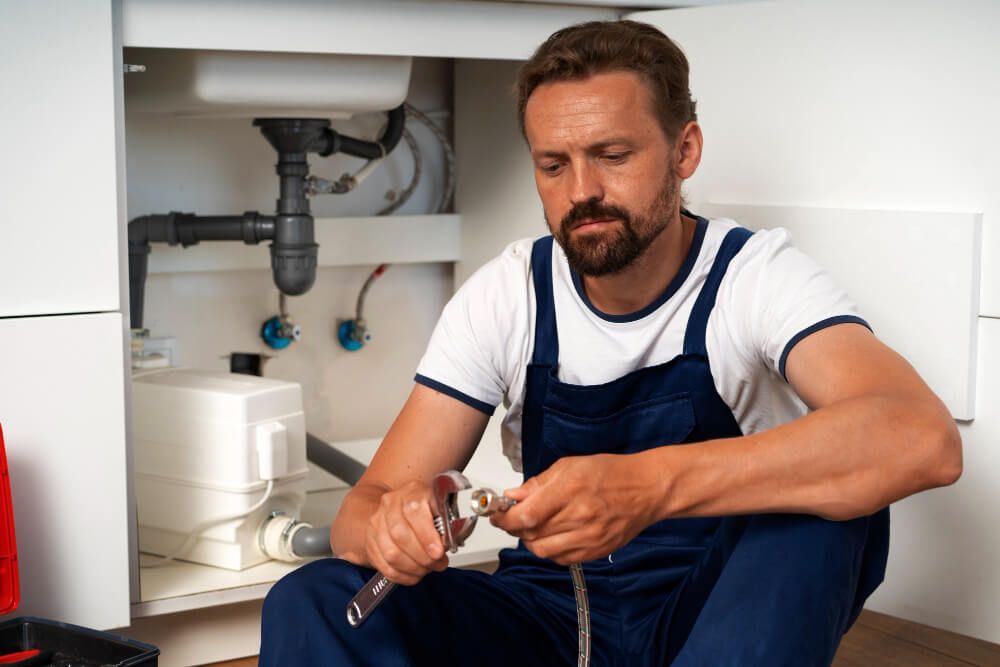
Water damage can be a homeowner's nightmare, causing a cascade of issues that range from structural damage to potential health hazards. Understanding the stages of water damage is crucial for prompt intervention and effective restoration. In this comprehensive guide, we will delve into the various stages of water damage, from the subtle signs of an initial leak to the comprehensive water restoration process that follows. Stage 1: The Silent Culprit - Initial Leak The journey of water damage often begins with a seemingly harmless leak. This could be a dripping faucet, a minor pipe leak, or a compromised roof. The signs may be subtle, with homeowners noticing discolored spots on walls, a musty odor, or a gradual increase in water bills. At this stage, intervention is critical to prevent the situation from escalating. Action Steps: Detect and Address Leaks Early: Regularly inspect plumbing, roofs, and appliances for any signs of leaks. Timely repairs can prevent minor issues from turning into major water damage incidents. Investigate Signs of Moisture: Discoloration, dampness, or a musty smell can indicate hidden leaks. Investigate and address these signs promptly to prevent further damage. Stage 2: Spread and Saturation - Escalation of Damage When a leak goes undetected or unaddressed, water starts to spread and saturate surrounding materials. This is when visible damage becomes more apparent. Walls may show water stains, and flooring materials like wood or carpeting may become discolored and warped. Mold growth becomes a real concern, and the risk of structural damage increases. Action Steps: Swift Intervention: As soon as water damage is detected, take immediate action. Identify and stop the source of the water, and begin the drying process to mitigate further damage. Professional Assessment: Engage water damage restoration professionals to assess the extent of the damage. Their expertise is crucial in determining the appropriate restoration plan. Stage 3: Mold Growth - A Hidden Menace As water lingers and dampness persists, mold becomes a significant threat. Mold spores thrive in moist environments, and the conditions created by water damage provide an ideal breeding ground. Mold growth may not always be visible, lurking behind walls or beneath flooring, posing health risks and compounding the restoration challenge. Action Steps: Timely Mold Remediation: Address mold issues promptly. Professional mold remediation services are essential to ensure thorough removal and prevent recurrence. Ventilation and Dehumidification: Improve ventilation and use dehumidifiers to create an environment less conducive to mold growth. Stage 4: Structural Damage - Compromising Stability With prolonged exposure to water, structural elements of a home can be compromised. Wooden beams may weaken, drywall may crumble, and foundations may suffer. This stage poses a serious threat to the integrity of the property and requires comprehensive restoration efforts. Action Steps: Structural Assessment: Professionals should conduct a thorough assessment of structural damage. Reinforcement and repairs may be necessary to restore stability. Water Extraction and Drying: Implement advanced water extraction and drying techniques to prevent further structural deterioration. Stage 5: Comprehensive Restoration - Bringing Your Home Back to Life The comprehensive restoration stage marks the culmination of efforts to revive a home from the aftermath of water damage. It is a meticulous process that involves not only repairing visible damage but also addressing hidden issues that may have developed during the previous stages. This stage requires a strategic approach, involving professionals who specialize in water damage restoration. Professional Expertise and Assessment: The initial step in comprehensive restoration involves a detailed assessment by restoration professionals. These experts evaluate the extent of the damage, identifying areas that require repair, replacement, or additional attention. Their expertise ensures that no aspect of the restoration process is overlooked, from structural elements to aesthetic components. Structural Repairs and Replacements: Structural damage often necessitates repairs or replacements to restore stability and safety. Professional contractors assess the integrity of the foundation, walls, and other critical components. They employ industry-approved techniques to reinforce weakened structures, ensuring the home's long-term stability. This phase may involve carpentry, masonry work, and other specialized skills to return the property to its pre-damaged condition. Comprehensive restoration goes beyond fixing what is damaged; it provides an opportunity to enhance the home's resilience and aesthetics. Damaged materials, such as drywall, flooring, and insulation, are replaced with high-quality, durable alternatives. Homeowners may choose to upgrade materials, incorporating water-resistant options to fortify the home against future water-related incidents. Water damage can introduce contaminants and compromise indoor air quality. Comprehensive restoration includes thorough cleaning and sanitization of affected areas. This step is crucial for eliminating mold spores, bacteria, and other potential health hazards. Specialized cleaning agents and equipment are employed to ensure a safe and healthy living environment. Conclusion: Proactive Measures for Water Damage Prevention Understanding the stages of water damage is not only about reacting to incidents but also about adopting proactive measures to prevent them. Regular home maintenance, timely repairs, and vigilant monitoring can go a long way in avoiding the cascading effects of water damage. Should water damage occur, swift action and professional intervention are the keys to minimizing the impact and restoring your home to its former glory. Remember, in the battle against water damage, knowledge and timely action are your most powerful allies. Kleen Green Group offers top-tier water damage restoration services in Branson, MO , combining swift response with advanced techniques to mitigate and reverse the effects of water damage. With a dedicated team of professionals, they ensure comprehensive restoration, from structural repairs to thorough cleaning, providing clients with a renewed and secure living environment.
